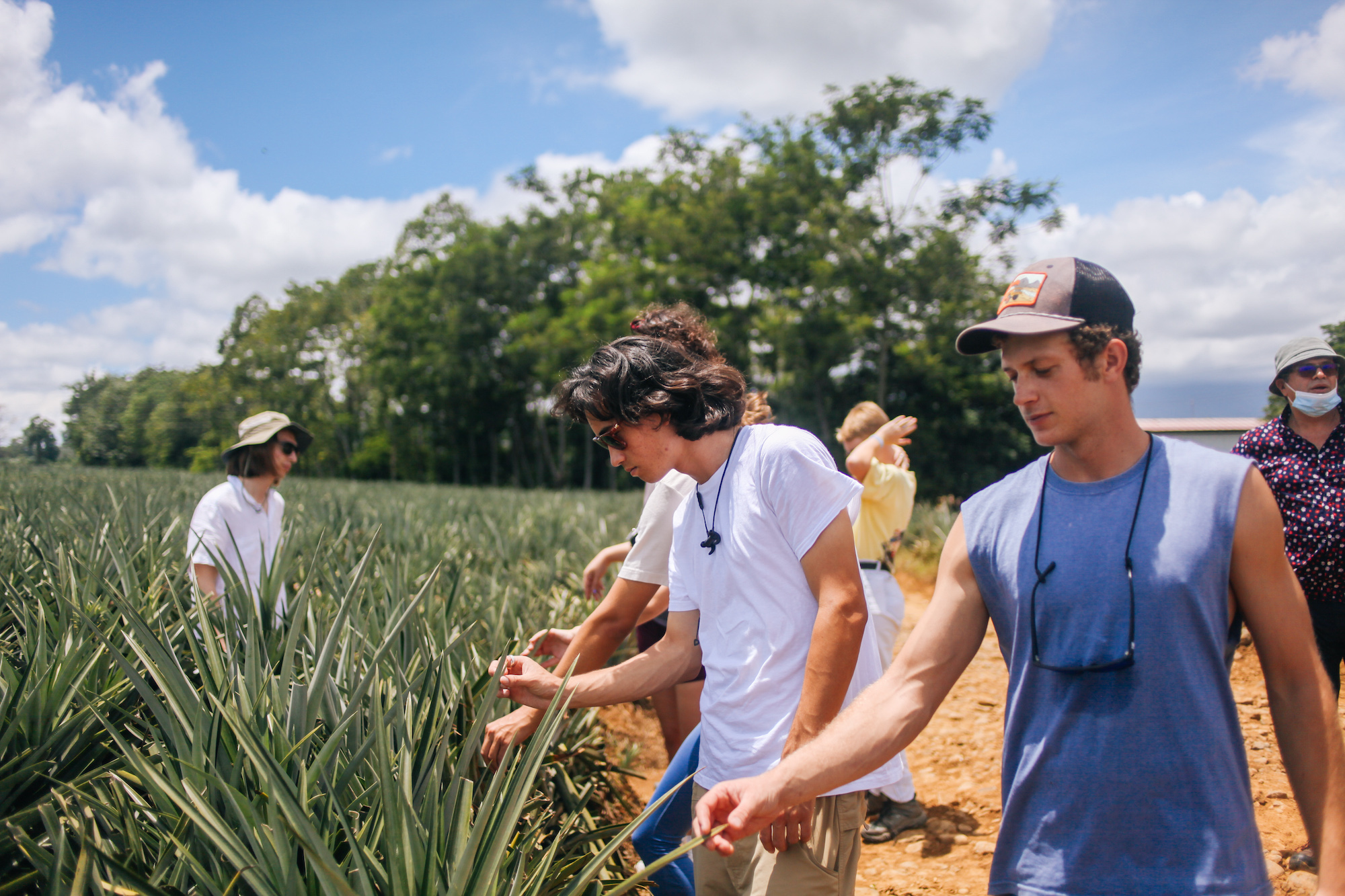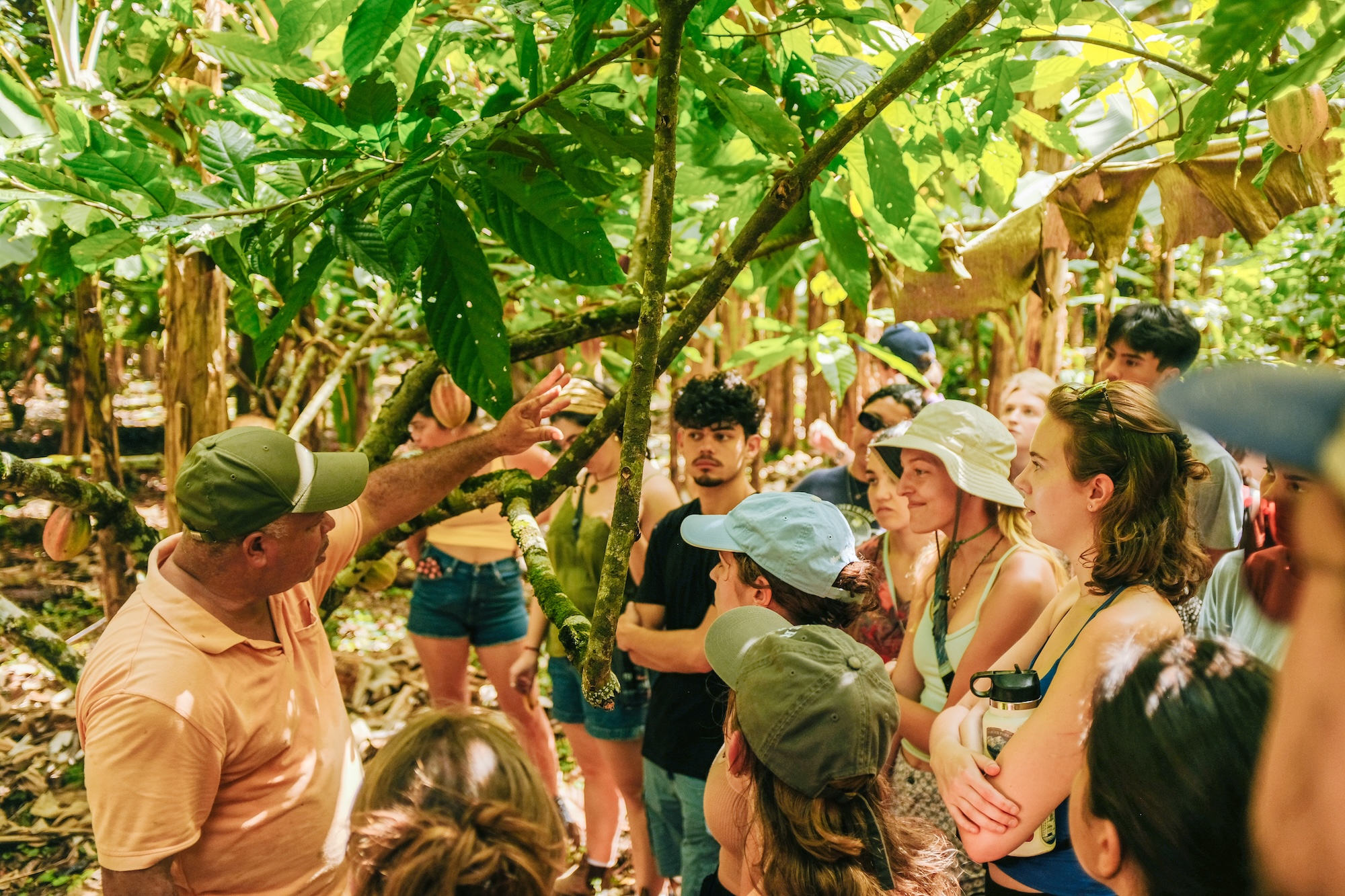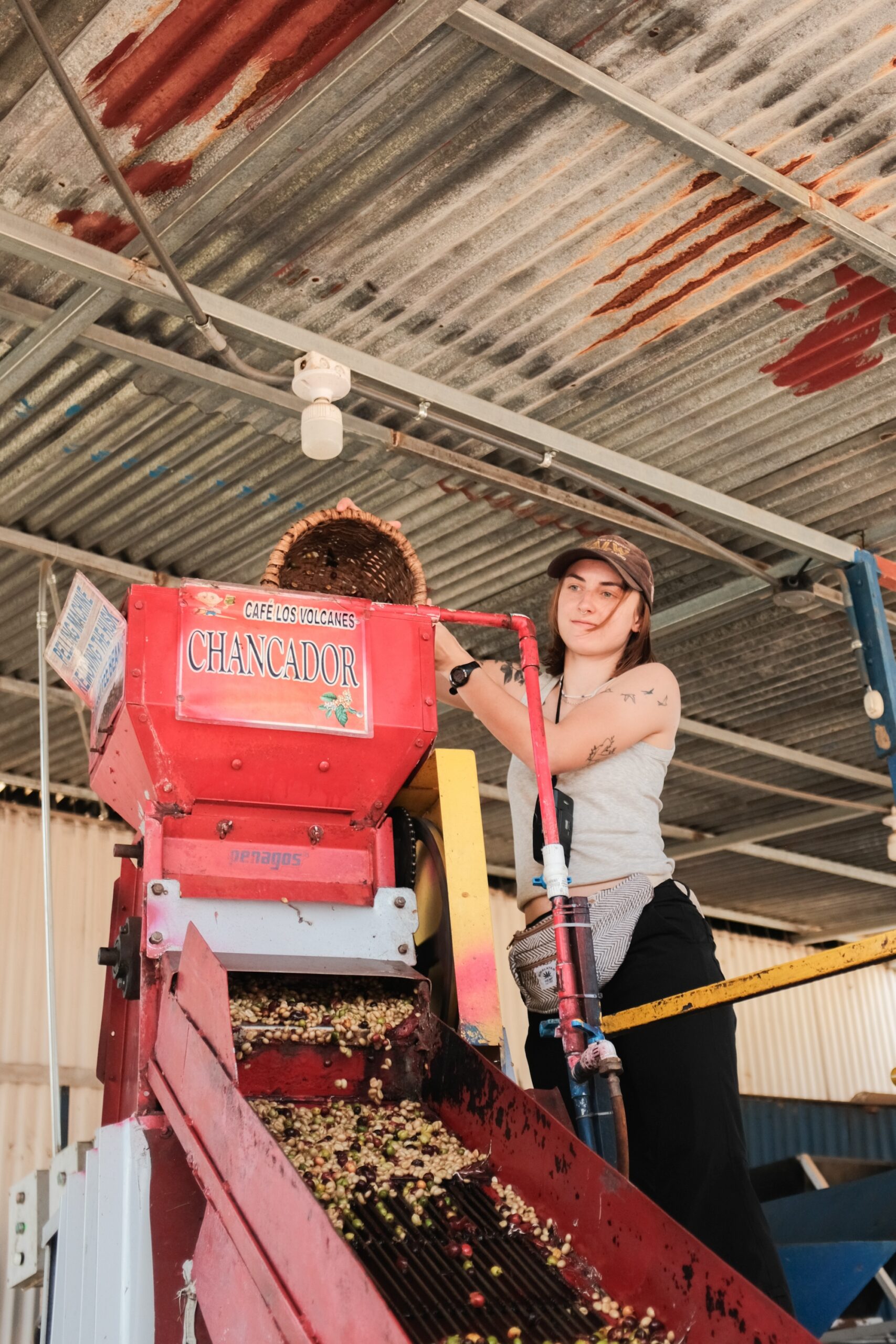Esther Kang is an undergraduate student at Scripps College majoring in human biology on the pre-health track. Aside from her passions to improve access to healthcare and higher education, she collects and sells secondhand clothing online, as well as going to the beach at sunset. – She will be writing weekly blogs from her perspective about being involved in the Summer 2024 Pitzer Costa Rica Summer Health program at ICADS
Week 3
¡Hola! It’s Esther again here to share more about my experience studying abroad in Costa Rica. Today, I’ll be talking all about my internship experience as a part of the Pitzer Costa Rica Summer Health program at ICADS, where I interned at one of the many public primary care clinics in Costa Rica!
Costa Rica employs a universal health system via the CAJA system (Caja Costarricense de Seguro Social), which has several tiers; the first and most notable tier involves EBAIS (equipo básico de atención integral en salud), also known as the basic comprehensive health care team. EBAIS comprise the public healthcare clinics where residents can seek primary care. With an emphasis on health prevention, they are comprised of multiple health professionals who are assigned to specific geographic locations within Costa Rica.
While other clinical student interns in my cohort had an on-site supervisor, I didn’t have one and mainly reported to the clinic receptionists to get around and my ICADS professor Javier. Therefore, I had a lot of freedom over my day-to-day activities.
Because I am on the path to pursue a career as a physician, I wanted to observe as much as possible, as opposed to helping with daily responsibilities. Thus, I chose to spend about 75% of my time shadowing one of the three general practitioners, and for the rest of the time, I followed the nurses and vaccine technicians around, especially as there was a campaign to vaccinate individuals from vulnerable populations for the flu, such as infants and seniors.

As I sat in on the physician’s consultations and paid close attention to medical terminology, understanding the chief complaints and recommendations was the most difficult aspect of my internship since I feel more confident speaking Spanish than understanding it. However, after every patient encounter, the physician tried to recap the appointment in simple terms as much as possible and in little time, which facilitated my understanding of the consultations.
I was most interested by the variety of patient encounters. One moment, the patient would be nearing birth and needing one last consultation, and the next moment, the patient would be examined due to concerns of having the flu, just a cold, or even dengue. Witnessing a wide range of patient consultations and having discussions about the physicians about her responsibilities no doubt sparked my interest in pursuing primary care as a specialty, and I’m excited to continue exploring the opportunities that this profession offers.
Nos vemos,
Esther





